


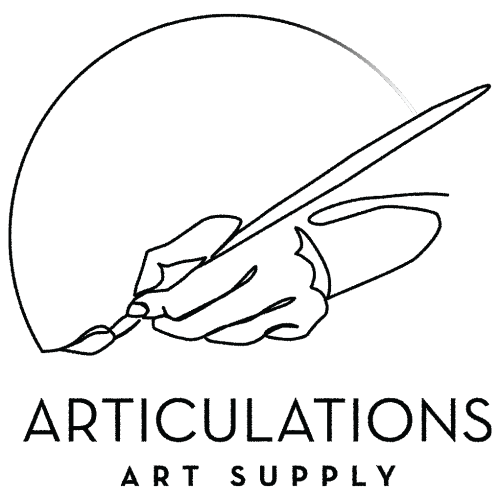
Login
Log in if you have an account
Register
By creating an account with our store, you will be able to move through the checkout process faster, store multiple addresses, view and track your orders in your account, and more.
Create an accountHow to Clean Oil Paint Brushes without Toxic Solvents

There’s a common misconception that toxic solvents, such as mineral spirits and turpentine, are necessary to clean your oil paint brushes. In this blog post, we’ll show you a better way that’s healthier for you and your brushes, using ingredients you already have at home.
Here’s what you’ll need to get started:
- Lint-free cloth
- Any vegetable oil
- Bar soap
- Glass jars (one small, one larger)
- Shallow dish
That’s it, let’s get started!
Step 1: Wipe off your brush.
At the end of your painting session, wipe off as much paint as possible from your brushes, first onto your palette, and then your rag.
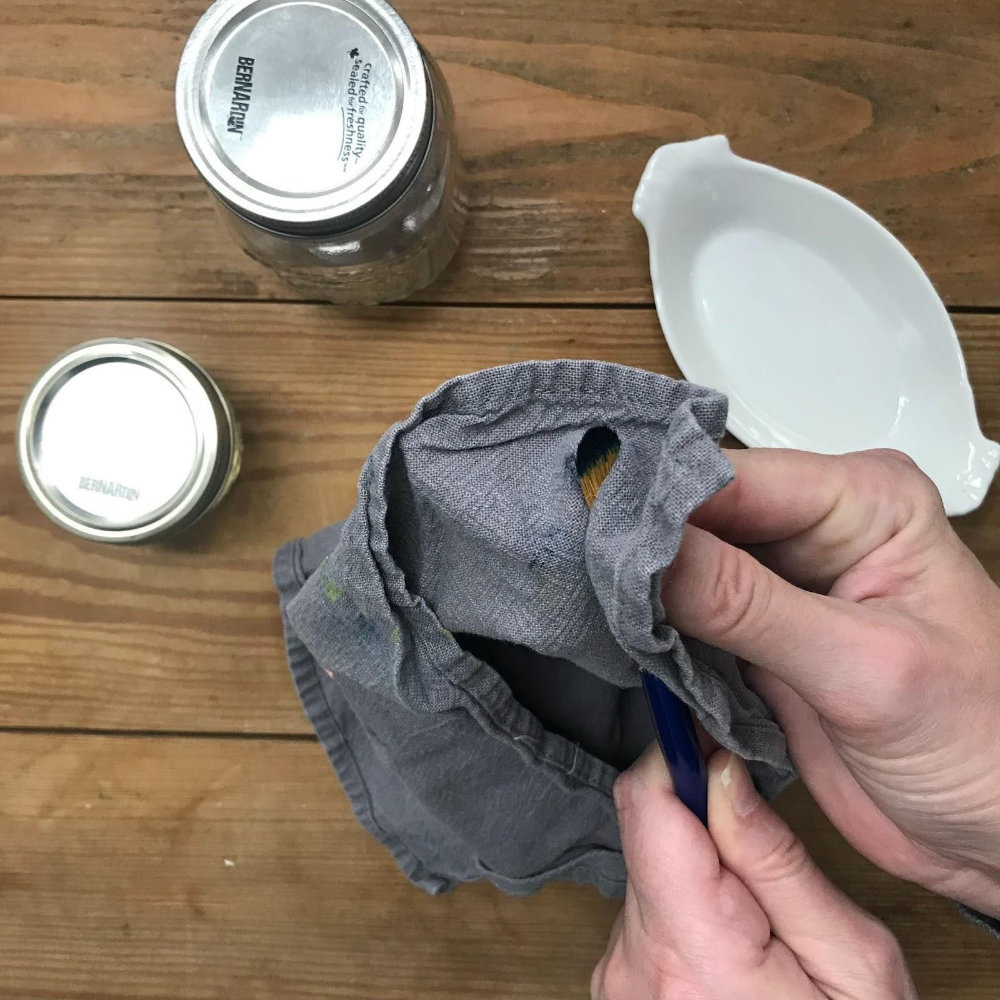
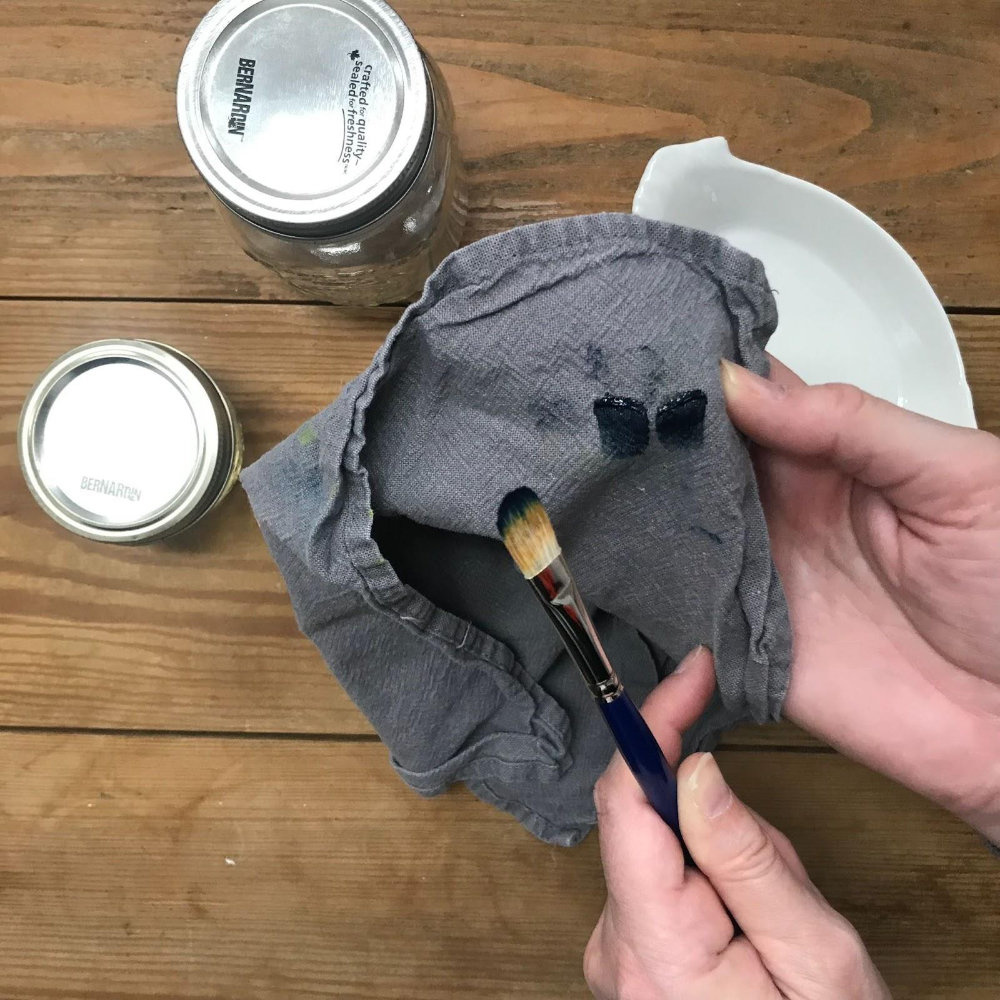

Step 2: Prepare the magic ingredient: vegetable oil!
Pour a small amount of vegetable oil into a dish. A cheap and cheerful vegetable oil will do; there’s no need to get fancy.

Step 3: Use oil to remove oil.
After you’ve wiped off your brush, dip it into the vegetable oil. I like to pull my paint brush along the side of the dish to work the vegetable oil into the brush and the paint out.

Step 4: Wipe the brush with your rag.
Take the brush out of the oil and wipe it onto a clean part of your rag, squeezing out as much of the oil and paint as possible.

Step 5: Lather, rinse, repeat—but with oil.
Repeat steps 3 and 4 until the brush is clean and leaves no paint residue on your rag.
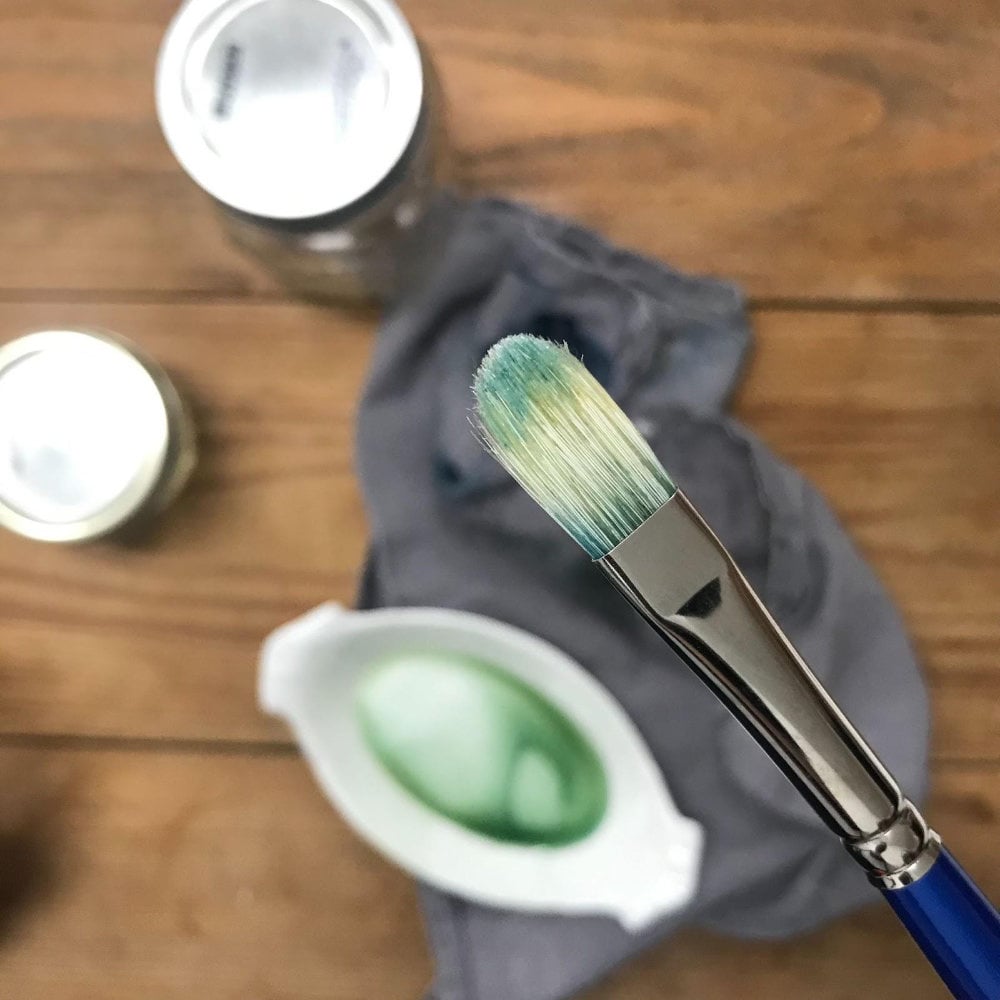
Step 6: Let’s deal with that used oil.
When you’re finished with steps 1–5, pour your used oil into a large “used oil” jar. Over time, the paint and vegetable oil will separate, so you can pour off the clean layer of oil to use again. (Remember! Never pour paint or oil down sink drains or into toilets. Consult your local city services website for directions on how to properly dispose of your hazardous household waste.)
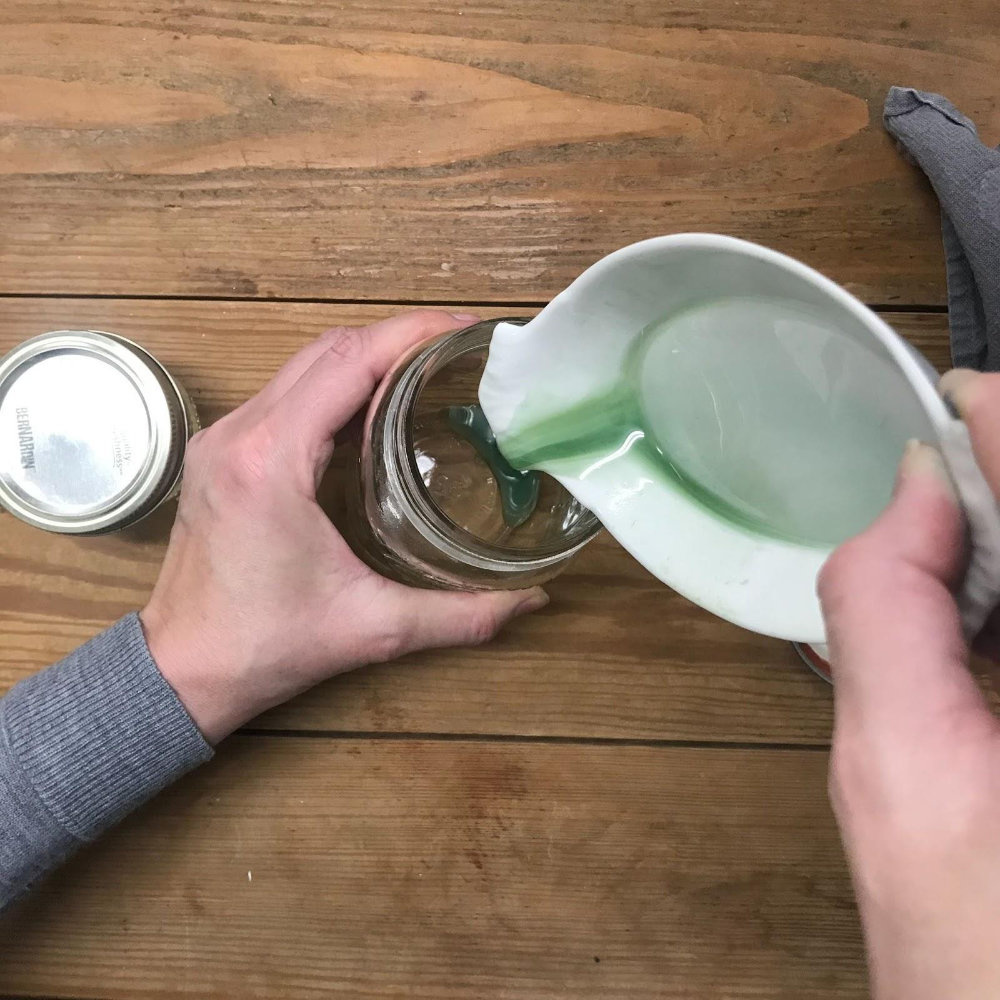
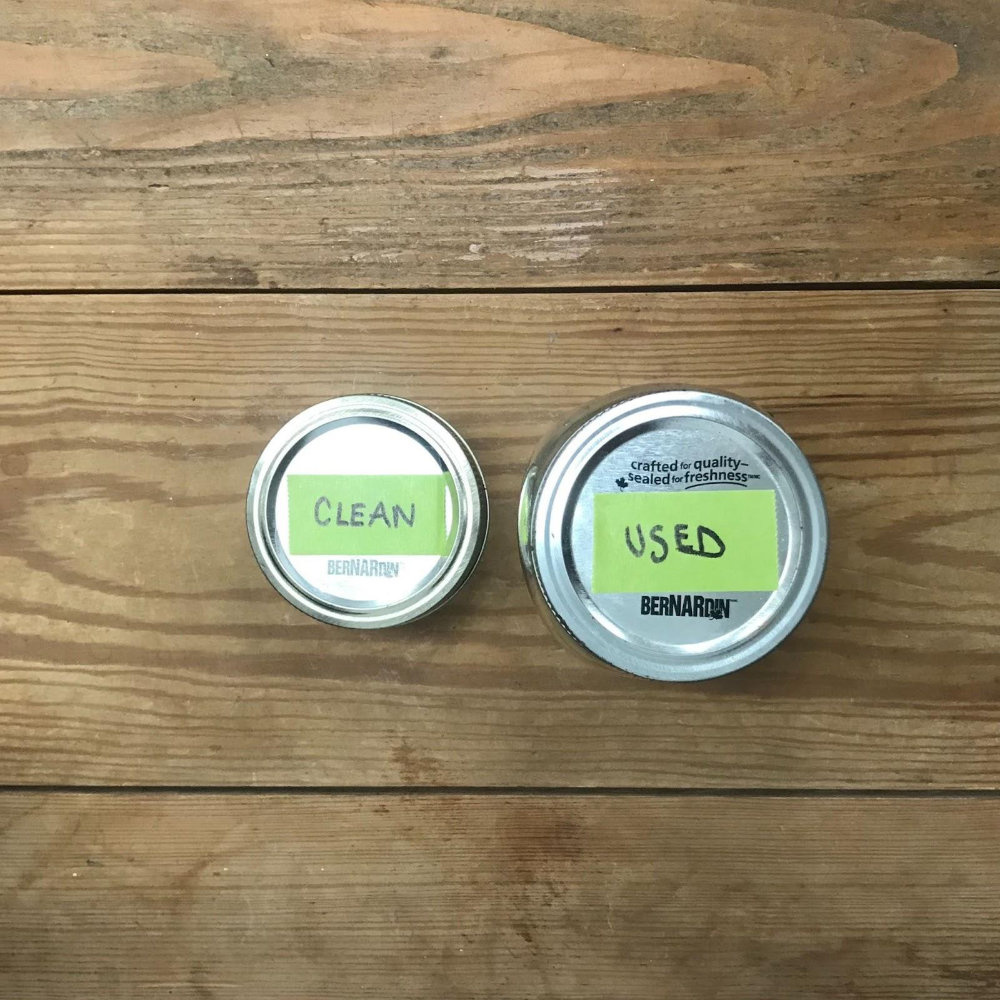
Step 7: It’s time for the soap.
To finish cleaning your brushes, you’ll need to remove all traces of vegetable oil as it is a non-drying oil (unlike linseed and walnut oil). Take your bar of soap and, with lukewarm water, lather up your brush. Use your fingers to gently work the soap into the brush, and then rinse thoroughly. Repeat this step until your brush is clear of any residual oil. The brush hairs will be stained with the colour of your paint pigments, but the soap suds should be clear.
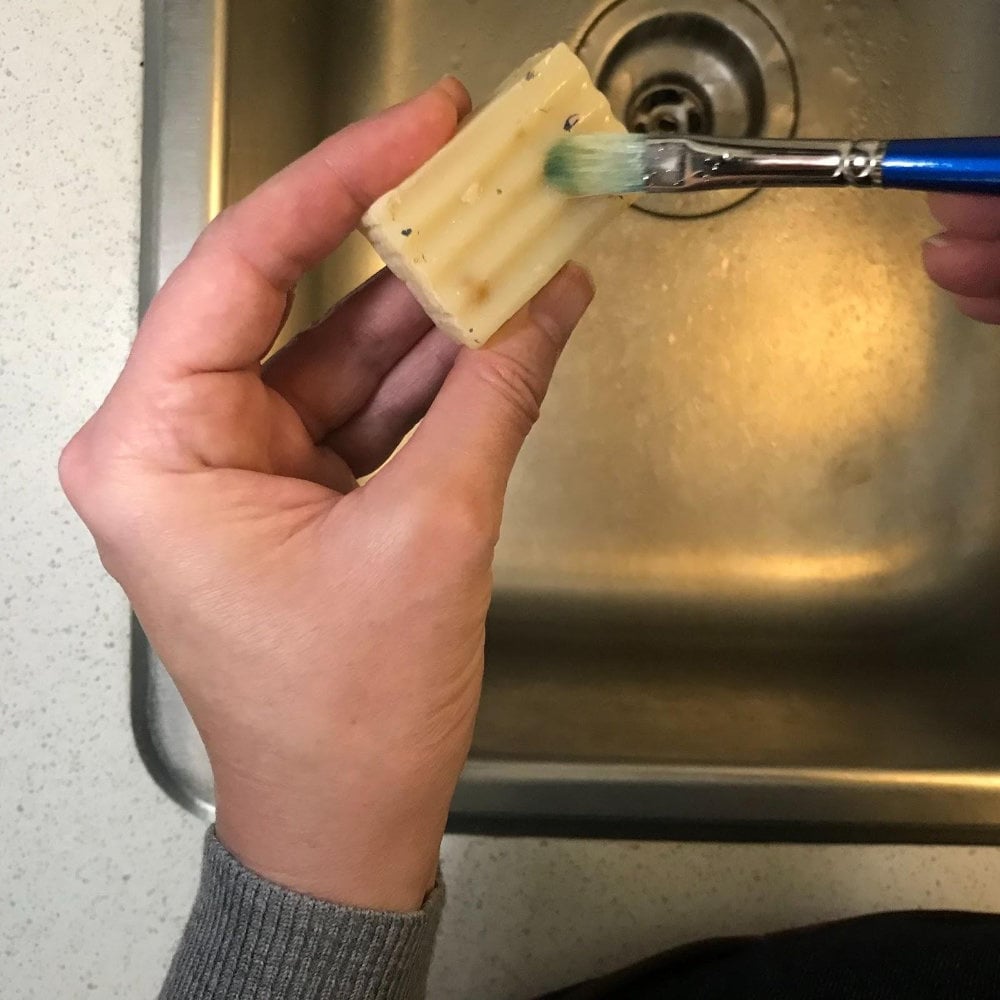
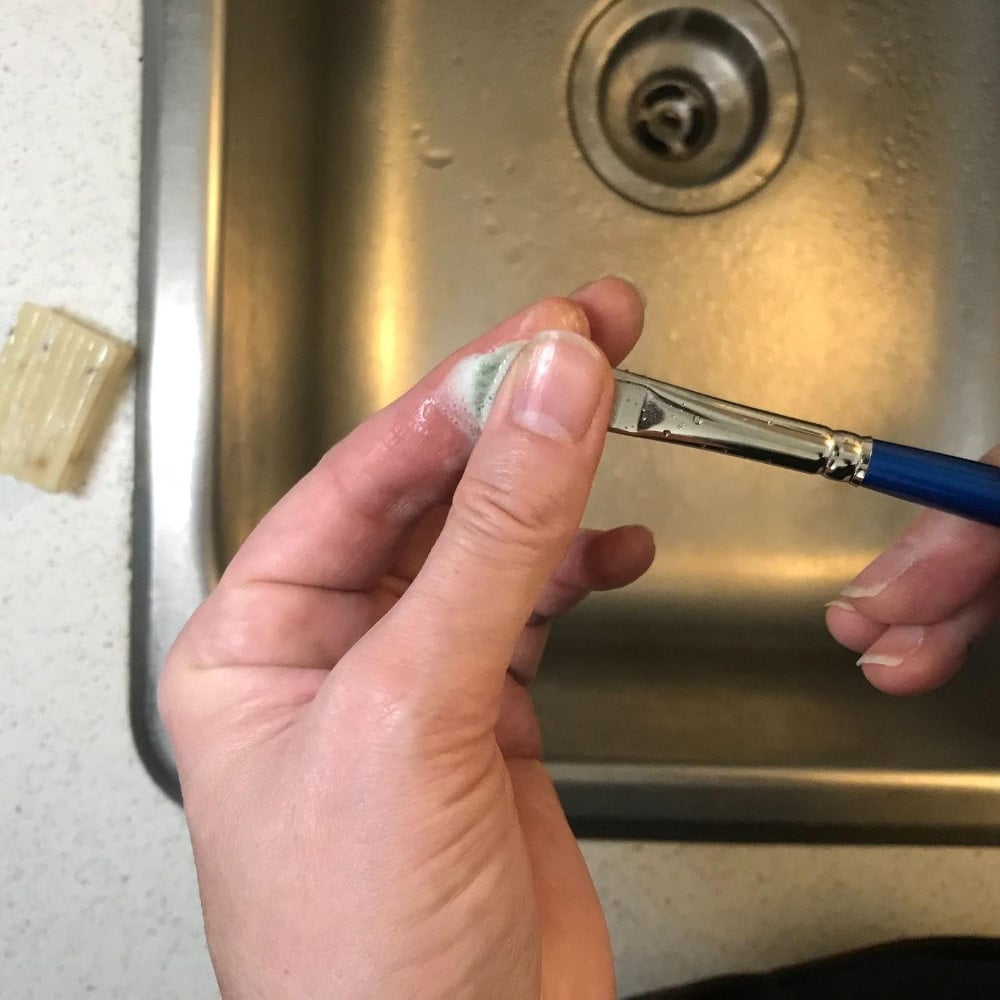

If you follow these steps, not only will you eliminate the need for noxious solvents in your studio, but you’ll also extend the life of your brushes by conditioning the hairs instead of stripping them!
About ARTiculations
Serving artists across Canada, ARTiculations carries a curated selection of fine art supplies including brushes, artist oil paints, brush care supplies, and brush wraps and cases. Visit our online store, or contact us if you have questions about what products are right for your next creative project.


